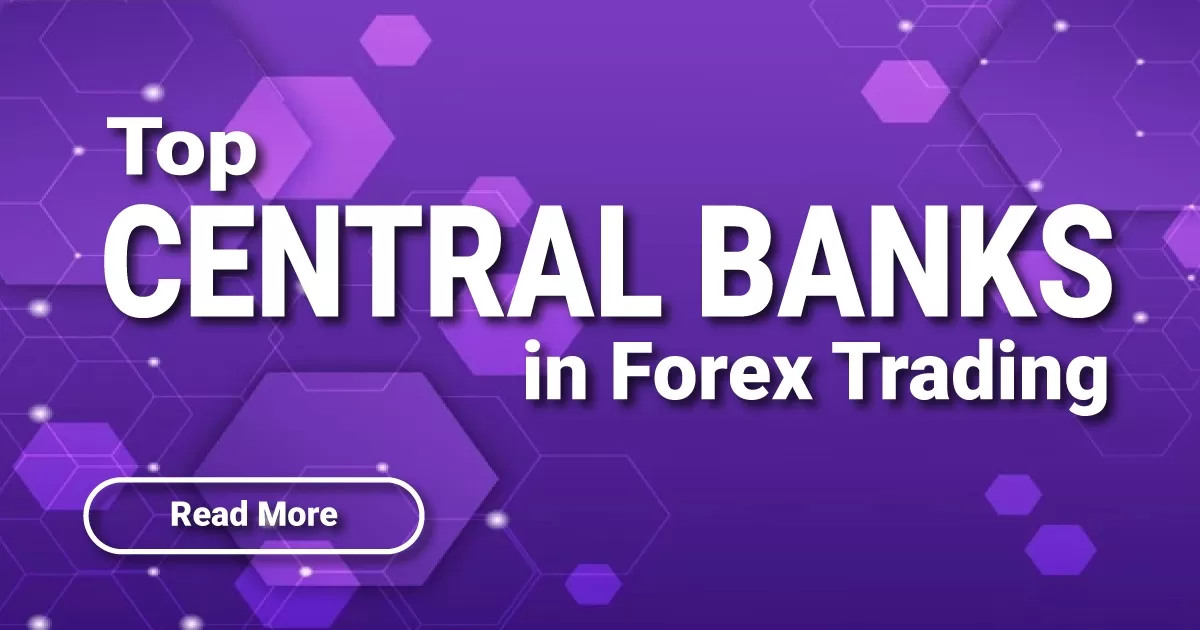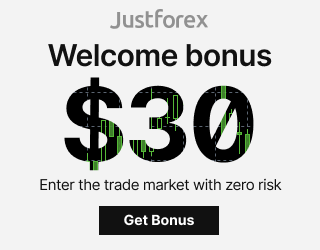Top Central Banks in Forex Trading
Trading in the forex market is prohibited for ordinary retail investors. However, central banks are unique entities that can bypass this restriction. As a result, the global foreign exchange market sees trading volumes of around US$ 5 trillion per day and is considered one of the world's largest financial markets. It is happening because the central banks are active in the forex market.
Which banks are called Central Bank?
A central bank is an institution responsible for a country's monetary policy. In addition, a central bank manages its country's money supply, which includes supervising commercial banks, acting as a "bank of banks," providing banking services to the government, and sometimes even printing its currency.
Central banks in most countries are not government-run but rather quasi-governmental agencies with a high degree of independence from the governing bodies that appoint their leaders and establish their budgets. For example, in the United States, the Federal Reserve is responsible for overseeing financial stability and responding to U.S. economic or financial stability threats while working independently of the government.
Other central banks follow similar rules to avoid placing the interests of politicians ahead of those of their countries' citizens. Central bank independence is typically established in a country's constitution. Elected officials cannot quickly fire these institutions' heads or board members without significant cause or due process legal requirements.
The following is a list of central banks that actively participate in the global forex market:
U.S. Federal Reserve System (Fed)
The Federal Reserve, or the Fed, is an independent agency that the U.S. Congress created in 1913. This central bank's main monetary policy objective is to help the economy grow while keeping inflation at a low level. The Fed has three critical tools at its disposal for this purpose: open market operations, discount window lending, and reserve requirements.
The Fed actively participates in forex markets through open market operations (OMO). These OMOs are conducted to buy or sell U.S. Treasury securities, government-backed agency debt, and mortgage-backed securities (MBS) to regulate liquidity in the financial system. The primary objective is to achieve the federal funds rate, the interest rate at which depository institutions lend to each other overnight. However, OMOs can also help influence currency rates in forex markets. For this reason, it is considered a tool of monetary policy that central banks use to manage exchange rates.
European Central Bank (ECB)
The ECB was established in 1998 following the introduction of the euro as a single currency. It is headquartered in Frankfurt, Germany, and serves as the central bank for eurozone members – countries that have adopted the euro. The primary objective of this central bank is to maintain price stability by limiting inflation rates within its member states.
The ECB actively participates in forex markets through floating or fixed exchange rates. Through these rates, it can influence currency levels in global foreign exchange markets. Moreover, it uses this power to help control inflation across its member states.
Bank of Japan (BoJ)
The Bank of Japan is the central bank for Japan and serves as the government's fiscal agent. The primary goal of this central bank is to maintain currency stability and help promote sustainable growth. In addition, it has the power to operate as the nation's currency board, which means that it can issue currency and buy bonds in unlimited quantities to maintain a stable yen.
The Bank of Japan actively participates in forex markets through OMOs. These operations are conducted to buy or sell treasury bills, commercial bills, and bonds to influence interest rates within Japan's economy. In addition, the central bank may also purchase government bonds, ETFs, and REITs from financial institutions to increase existing assets.
Bank of England (BoE)
The Bank of England is a key player in the forex market, as it functions as the government's fiscal agent for England. The central bank was established in 1694 and is headquartered in London. It has three critical functions that several departments handle: monetary policy execution, financial stability, and supervision of banks.
The Bank of England actively participates in forex markets through fixed or dynamic exchange rates. It has the power to set interest rates, which means that it can control the value of currencies in global foreign exchange markets. It uses this power to help maintain currency stability across all countries within its economy.

















Recent Comments
Write a Comment